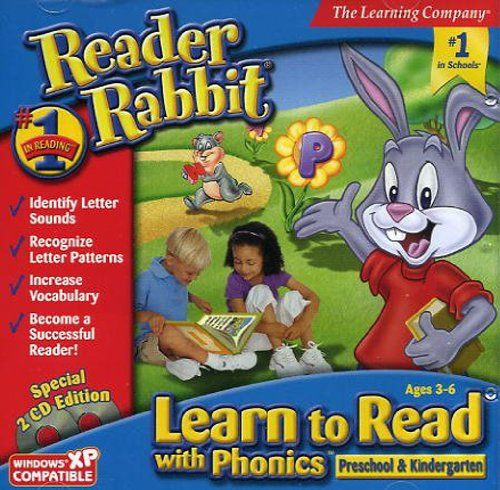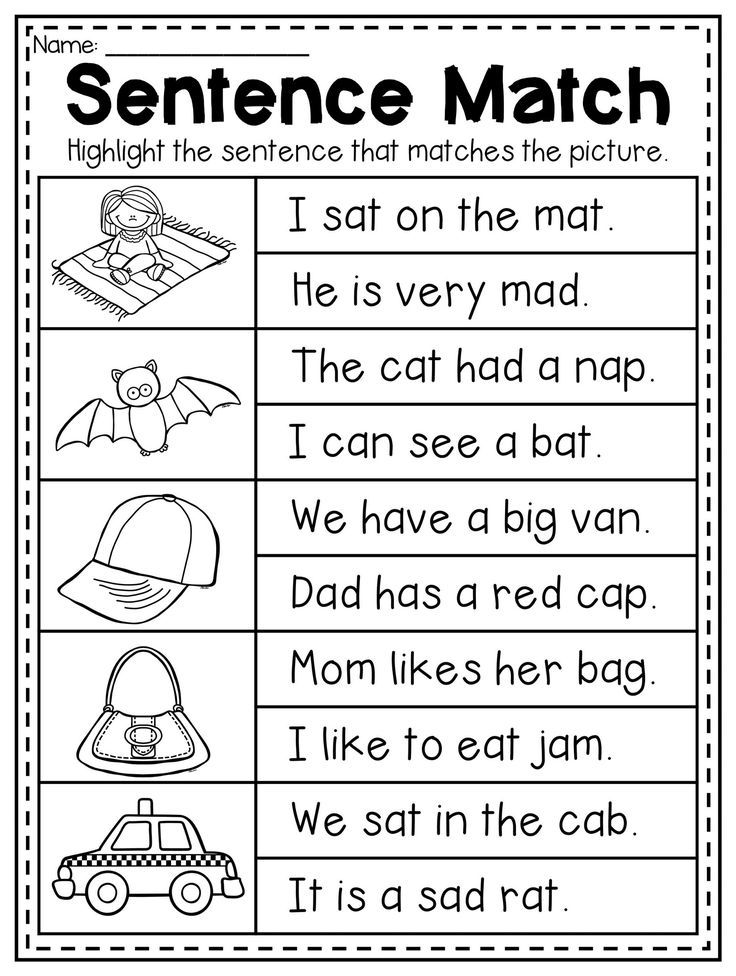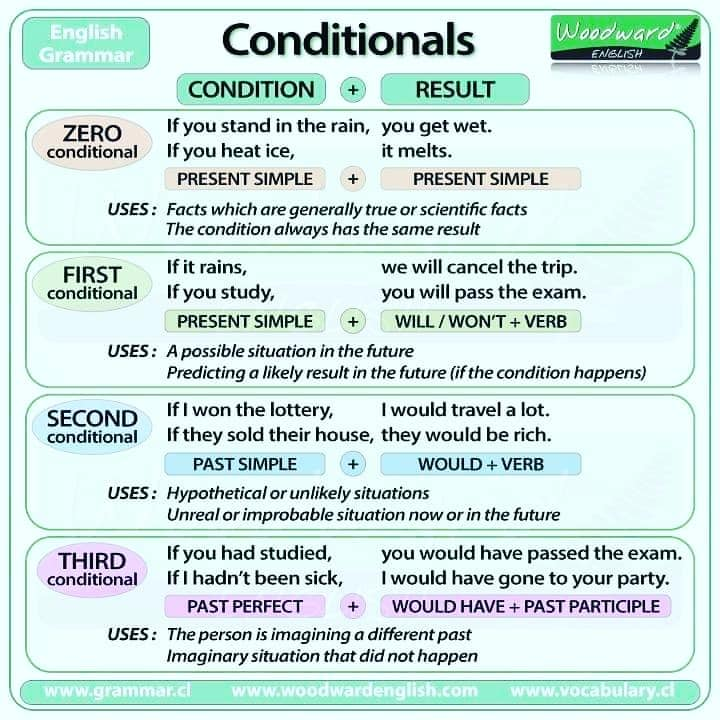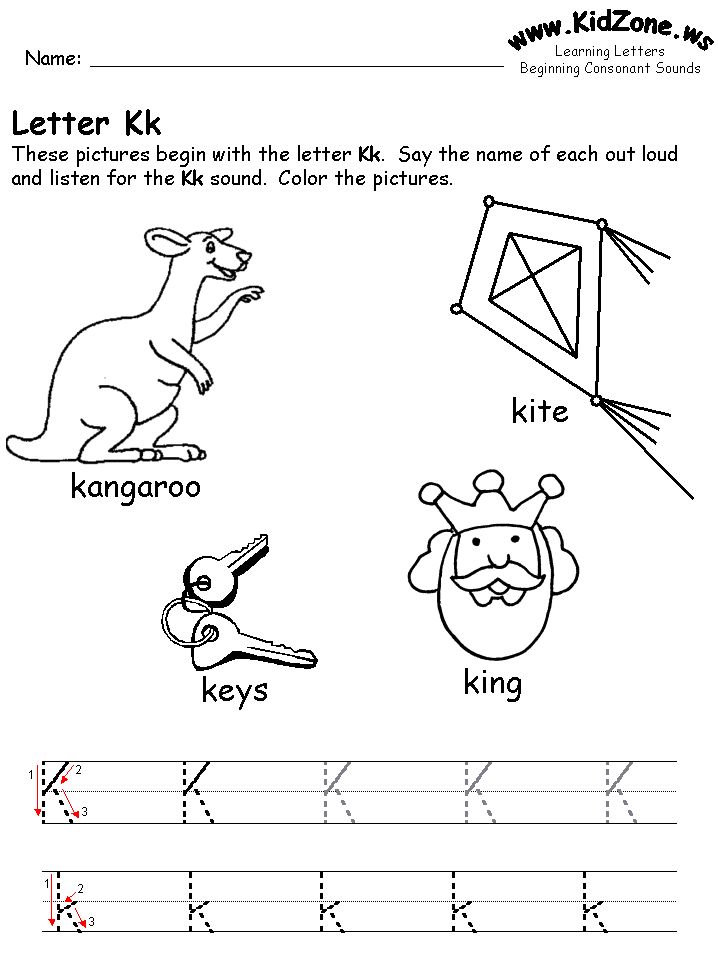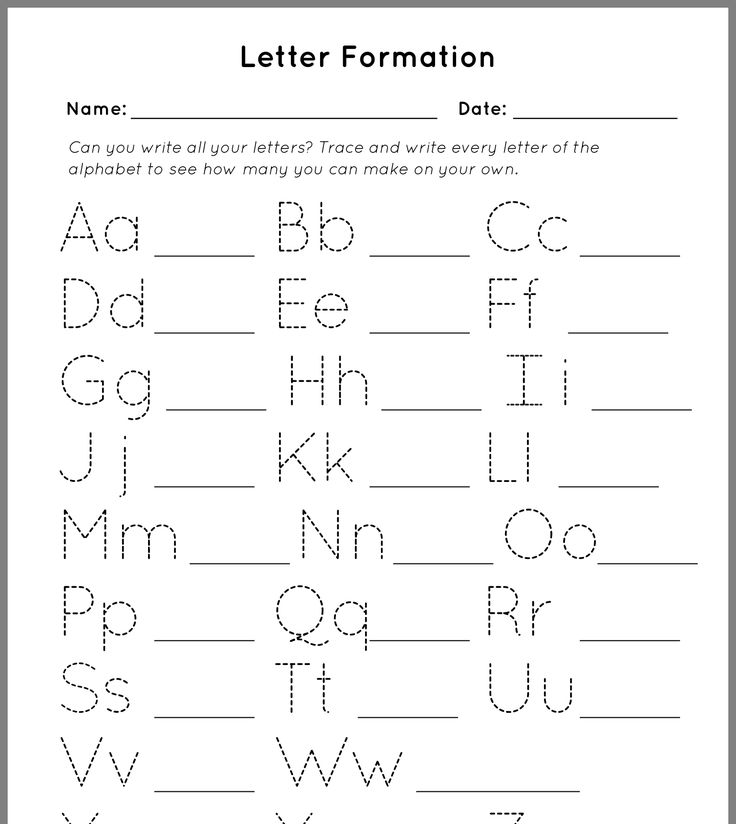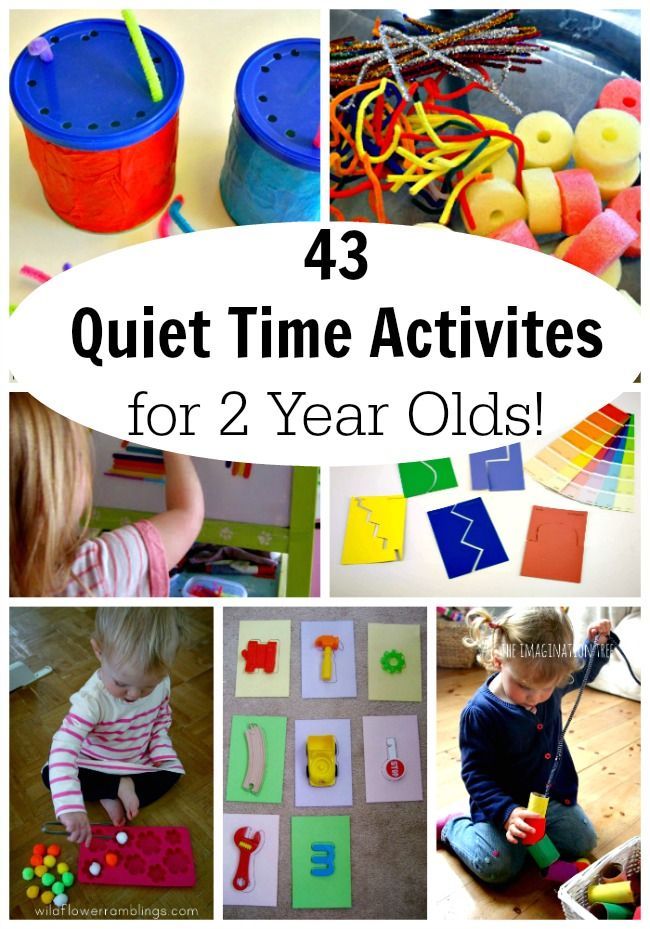Play through learning
The scientific case for learning through play
Do you know that play builds brains? We look at research that shows how playful learning experiences lay the foundations for brain development and develops 21st century skills
Our brains literally change as we learn
In a sense, what we do is who we are. We now have a large – and growing – pool of evidence to show that learning through play is the best way to support learning. Children are natural scientists – they come into the world ready to experiment and learn through play. And they use what they discover to not only adapt the structure of their brains, but also strengthen the skills they need to continue being engaged, flexible learners for their whole lives.
From our earliest days, play is how we relate to the world, and to each other. When children have plenty of opportunities to learn playfully, they do what they do best: pursue their natural curiosity. And, as they do, they build skills and aptitudes they’ll keep for life. There’s a wealth of science behind our understanding of learning through play: studies in teaching and learning, play, and neuroscience. Here are three key things to take from the research.
Children are born to learn through play
Children should be in charge of their play and learning
Five key characteristics unlock playful learning
Research shows that people learn best from experiences that are joyful, that meaningfully connect the play to their lives, actively engaging, allow testing things iteratively and are socially interactive. Children won’t always experience all of those characteristics at the same time – and that’s fine. But it’s another reason children need lots of different kinds of play. Each strand helps them weave a strong and flexible tapestry of skills to use throughout their lives.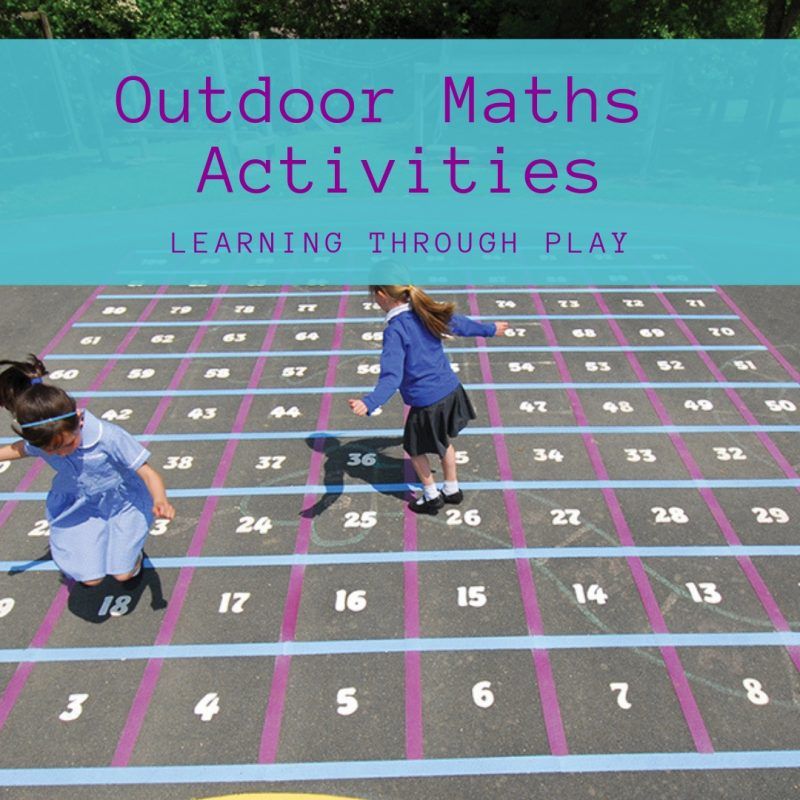
How the five characteristics of playful learning experiences help children grow and thrive
Joyful
Meaningful
Actively engaging
Iterative
Socially interactive
Here’s a quick look at how these qualities help children build their brains as they play
Access the full research papers
Play unlocks essential skills
Our world never stops changing, so how do we prepare children to navigate it? We let them play. Children thrive on play. It’s also perfect practice for tomorrow. Given the chance to think, negotiate, adapt to new rules and try again when things don’t go to plan, children develop essential skills that’ll last a lifetime.
Explore the scienceDive into our latest news, research, blogs and project stories
MoreOctober 2022 Evidence
World Mental Health Day: How play can support children’s mental health
July 2022 Evidence
Good Life at home and at play
June 2022 Opinion
For families to play more, we need better policies
Playful parenting is a huge child development boost – but parents are too often over-stretched and under-supported.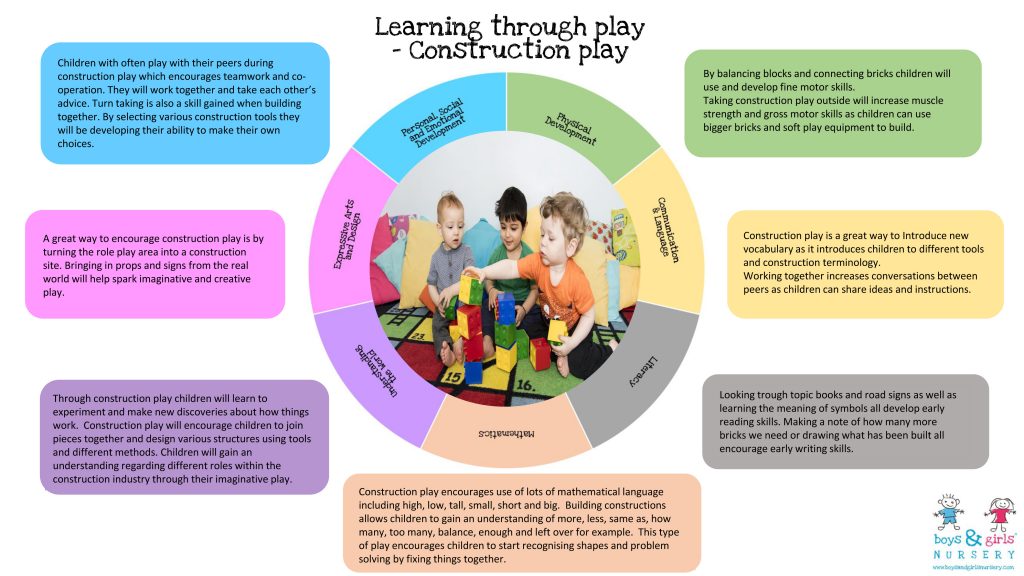 Here’s how systems can help families unlock the power of play.
Here’s how systems can help families unlock the power of play.
May 2022 Opinion
8 play ideas for family wellbeing
May 2022 Opinion
Play isn’t another thing to do. It’s another way to do things
Playful parenting gives a boost to every member of the family – and it doesn’t have to feel like yet another thing on the to do list. Read one parent’s perspective on getting more play in every day
Ready to play?
When children play, they learn. They solve problems, think strategically, relate to others, and manage life’s ups and downs. Play helps children learn how to learn – and love learning. We've gathered some of our favourite games. You can play them anywhere – using things you find at home.
More activitiesMore research
MoreThe relationship between learning through play and holistic skills
Learning through play helps children develop the skills they need to thrive. And we’ve got an ever-growing body of evidence to illustrate it. Take a look.
Take a look.
Future skills, In the classroom
Positive play in a digital age
Children spend more time online than ever – so it is vitally important that digital platforms are a safe space to explore and learn through play. Here’s how organisations are steering industry and governments to put children’s wellbeing first.
Technology, Wellbeing
Why creativity matters and how play nurtures creative minds
Creativity is instinctive in children – and just as essential in adults. Here’s an introduction to what we know so far about why and how we should make space for children to hone creative skills.
In the classroom, At home, Future skills
Rebuilding systems around social and emotional learning
Social and emotional learning is every bit as vital as reading and writing - especially now. We spoke to policymakers around the world about how they’re reshaping education around these essential skills.
Future skills, Wellbeing
How children thrive on play
Dive into the evidence for play’s vital role in child development.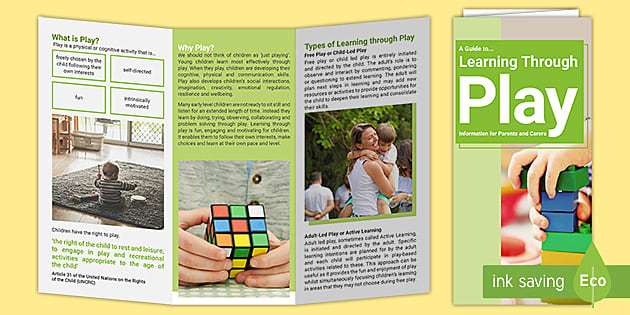
At home, In the classroom, Future skills
A World of Learning Through Play
Children know play is their superpower
We’re here to convince the grown-ups. Because play is something every child, everywhere in the world can do. It fuels curiosity, sparks creativity, and inspires a lifelong love of learning. Children who play pick up all kinds of skills to thrive today – and lay the foundations for a happier, healthier life tomorrow.
Why Play?Dive into our latest news, research, blogs and project stories
October 2022 Evidence
World Mental Health Day: How play can support children’s mental health
October 2022 Opinion
What’s the most incredible thing in a classroom? The teacher!
September 2022 Opinion
‘Listen to us’: Children deliver their manifesto for World Leaders and call for safe-space education for all
September 2022 Projects
Cracking the code for learning through play
What can a digital bunny teach us about learning through play? Take a look at our collaboration with the Brazilian Creative Network and coding platform, Scratch to find out
August 2022 News
Supporting Ukrainian children in returning back to school
July 2022 Evidence
Good Life at home and at play
June 2022 Evidence
Exciting lessons make the grade - Good life at school
July 2022 Evidence
Good Life and play
June 2022 Opinion
For families to play more, we need better policies
Playful parenting is a huge child development boost – but parents are too often over-stretched and under-supported.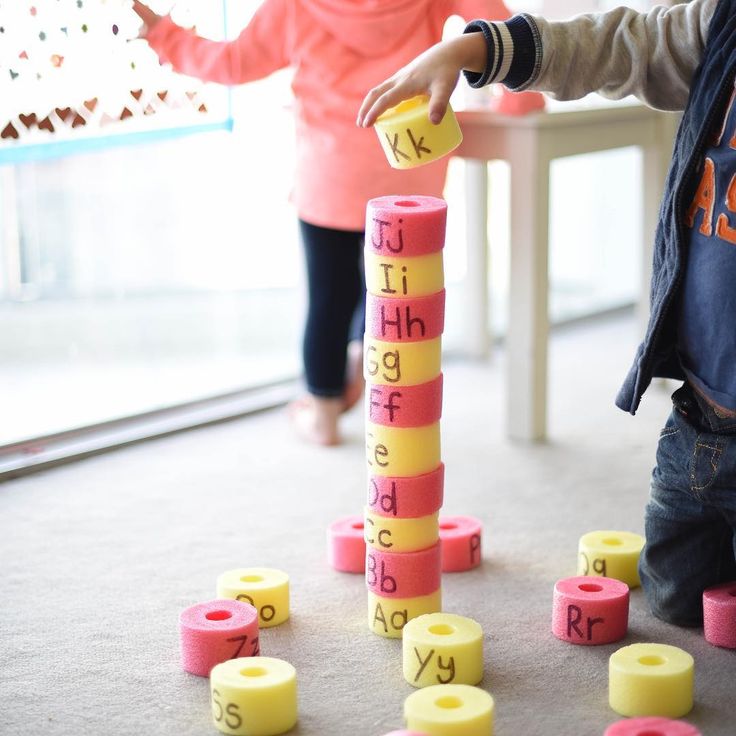 Here’s how systems can help families unlock the power of play.
Here’s how systems can help families unlock the power of play.
May 2022 Opinion
8 play ideas for family wellbeing
May 2022 Opinion
Play isn’t another thing to do. It’s another way to do things
Playful parenting gives a boost to every member of the family – and it doesn’t have to feel like yet another thing on the to do list. Read one parent’s perspective on getting more play in every day
March 2022 Opinion
Play more, worry less: 3 ways play boosts resilience
March 2022 Evidence
Why social and emotional learning is top of the class
October 2021 Opinion
Breaking the stigma on mental health & how play can help families to thrive
Follow us on social media
Explore our latest research
The relationship between learning through play and holistic skills
Learning through play helps children develop the skills they need to thrive. And we’ve got an ever-growing body of evidence to illustrate it.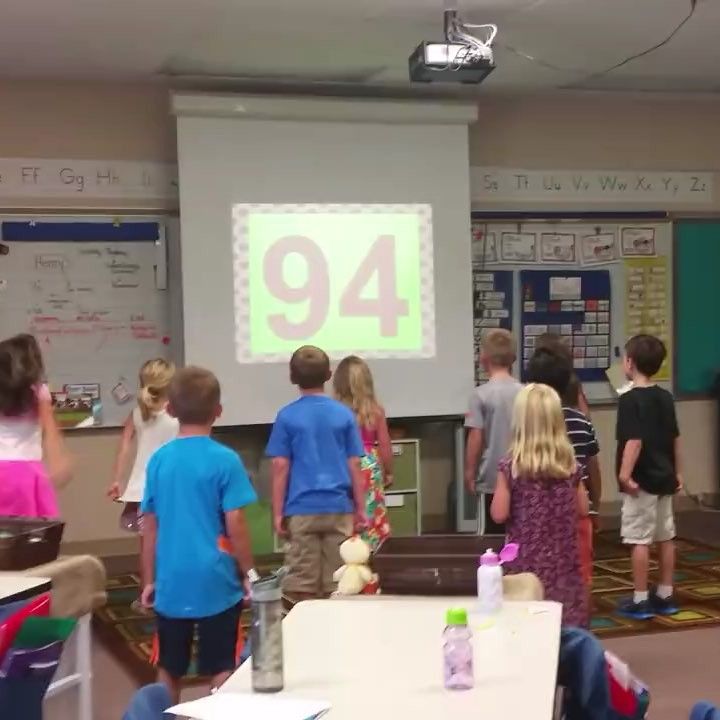 Take a look.
Take a look.
Future skills, In the classroom
What do children (and grown-ups) have to say about play?
We asked children around the world what they thought about play. Here’s what they had to say
At home, In the classroom, Future skills
Positive play in a digital age
Children spend more time online than ever – so it is vitally important that digital platforms are a safe space to explore and learn through play. Here’s how organisations are steering industry and governments to put children’s wellbeing first.
Technology, Wellbeing
The Good Life - According to Children
What’s the secret to a good life? We asked Denmark’s children. Take a look at what they told us.
In the classroom, At home, Wellbeing
Why creativity matters and how play nurtures creative minds
Creativity is instinctive in children – and just as essential in adults. Here’s an introduction to what we know so far about why and how we should make space for children to hone creative skills.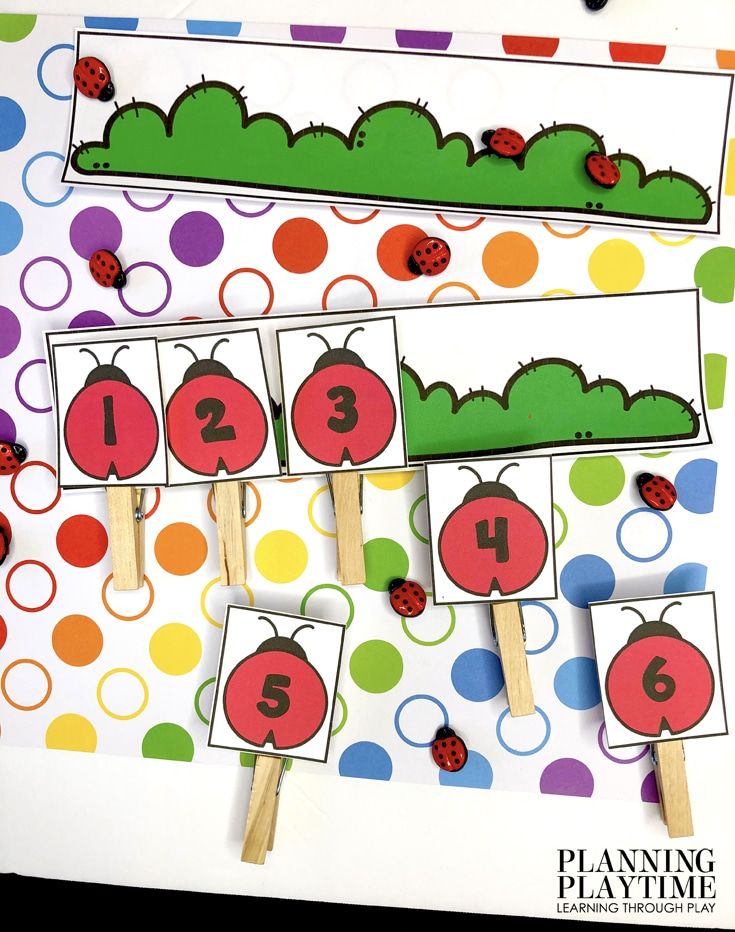
In the classroom, At home, Future skills
Technology & play
Technology is now embedded in children’s lives: how does it affect the way they play, learn and develop critical skills?
In the classroom, At home, Future skills, Technology
Why school time is playtime
It’s official: play belongs in school. We’ve investigated eight different teaching methods to uncover the playfulness that’s already there. Dive in to learn more
In the classroom, Future skills
Learning to cope through play
Play can help children (and grown-ups) handle life’s toughest moments. Delve into our latest paper to get all the details
In the classroom, In crisis settings, Wellbeing
Learning through play: what the science says
Do you know that play builds brains? We look at research that shows how playful learning experiences lay the foundations for brain development and develops 21st century skills
In the classroom, At home, Future skills
Rebuilding systems around social and emotional learning
Social and emotional learning is every bit as vital as reading and writing - especially now.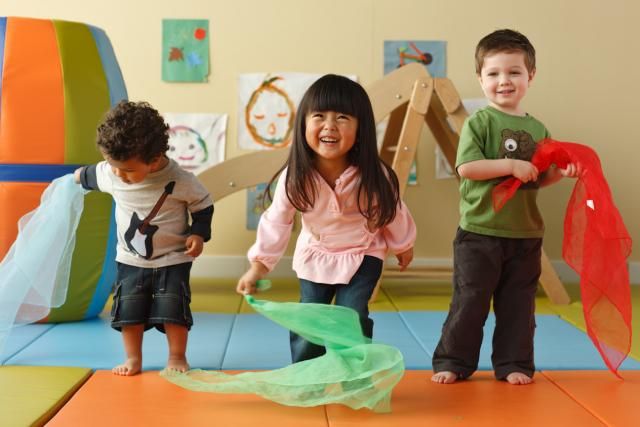 We spoke to policymakers around the world about how they’re reshaping education around these essential skills.
We spoke to policymakers around the world about how they’re reshaping education around these essential skills.
Future skills, Wellbeing
How children thrive on play
Dive into the evidence for play’s vital role in child development.
At home, In the classroom, Future skills
Engaging young children in play
Children get more out of play when they take the lead. But the science shows us adults can – and should – join in. Here’s why
In the classroom, At home
Closing the skills gap
Education systems need to keep up with the world’s rate of change to close our widening skills gap. Here’s what they can do
Future skills
Play unlocks essential skills
Our world never stops changing, so how do we prepare children to navigate it? We let them play. Children thrive on play. It’s also perfect practice for tomorrow. Given the chance to think, negotiate, adapt to new rules and try again when things don’t go to plan, children develop essential skills that’ll last a lifetime.
Play boosts wellbeing for life
Better mental health. More resilience. A love of learning that lasts a lifetime. All ways that play boosts wellbeing from childhood.
Play for wellbeingPlay is for everyone, everywhere
Play is how children learn naturally. That’s what makes it so powerful, and why it’s so important to make room for play.
Play for allReady to play?
When children play, they learn. They solve problems, think strategically, relate to others, and manage life’s ups and downs. Play helps children learn how to learn – and love learning. We've gathered some of our favourite games. You can play them anywhere – using things you find at home.
More activitiesLearning to play
Is it easy or difficult to play? Not every adult will immediately answer this question. Children of different ages play a huge number of games that do not necessarily develop, but certainly carry a charge of emotions and good mood. But is an adult needed in games with children, and how can we make sure that, while playing, the child not only relaxes and enjoys, but also develops?
But is an adult needed in games with children, and how can we make sure that, while playing, the child not only relaxes and enjoys, but also develops?
How to play?
Often it seems that playing is easy: you just need to buy a child a dozen of bright, beautiful, interactive toys, put him on the mat to play, and do household chores yourself. However, in this case, the baby will either quickly get bored with new toys, and he will let you know about it with a cry, or the child will find something more interesting for himself (for example, paint wallpaper with felt-tip pens or decorate cabinet doors with plasticine figurines).
Of course, we do not encourage you to constantly participate in children's games and not leave your baby alone. However, only in games with adults do children gain invaluable experience: how to play with a ball, cubes, dominoes, how to build a castle for a princess or a garage for a car. Having gained new knowledge about how to play with different objects, the child will begin to independently consolidate skills in games already without you. Therefore, the more you play with the baby, the longer he will then play on his own. Joint games develop mindfulness, the ability to focus on a specific action, encourage the baby's imagination and teach him to think independently and creatively.
Therefore, the more you play with the baby, the longer he will then play on his own. Joint games develop mindfulness, the ability to focus on a specific action, encourage the baby's imagination and teach him to think independently and creatively.
A few rules for a fun game
When introducing your baby to a new game, do not rush him to actively participate in it. The child needs time to get used to a new role or situation, so he will observe you for a while, and then actively join the process. If the baby for some reason does not want to play, do not ask him to join you. Just start playing yourself. Your passion for the game will be passed on to the baby, and he will definitely want to participate. Also try to always play at the same time so as not to disturb the daily routine and make the most of the child's activity time.
What to play?
Play is first of all pleasure and interest. Consider playing with your baby not as a duty, but as an opportunity to relax, have a good time and have fun. Children have a special vision of life and everyday situations, so a seemingly boring zoo game can turn into an exciting adventure. Invite your child not only to introduce you to animals, but also to work as a guide: to talk about the habitat of rhinos, their habits and characteristics. Then together draw a leopard sleeping on a branch, or play Crocodile, depicting each other the hidden animals only with facial expressions and gestures.
Children have a special vision of life and everyday situations, so a seemingly boring zoo game can turn into an exciting adventure. Invite your child not only to introduce you to animals, but also to work as a guide: to talk about the habitat of rhinos, their habits and characteristics. Then together draw a leopard sleeping on a branch, or play Crocodile, depicting each other the hidden animals only with facial expressions and gestures.
Play is the first step to learning
How can play be useful for a child? Just include learning something or fixing new material in the process of playing. For example, when introducing a child to devices or measures of measurement, offer to play in the store after class. Bring a kitchen scale, bags and arrange apples, toys, books on the shelf. Let the baby feel like a seller, and you ask him to find and weigh his largest apple. Don't be afraid to make the game more difficult - children quickly get used to a new image and remember how real sellers behave in a store or on TV. Such games with the inclusion of everyday situations are very useful for the child. First of all, they motivate the child to expand their horizons: playing doctor, the kid learns that he prescribes medicines, measures the patient's height, advises to do exercises and follow the daily routine. Secondly, such games train the child's personal qualities, teach him how to interact with other people and the norms of behavior in different situations.
Such games with the inclusion of everyday situations are very useful for the child. First of all, they motivate the child to expand their horizons: playing doctor, the kid learns that he prescribes medicines, measures the patient's height, advises to do exercises and follow the daily routine. Secondly, such games train the child's personal qualities, teach him how to interact with other people and the norms of behavior in different situations.
Childhood is a time of fun and games, and the more varied, informative and interesting they are, the more pleasant and joyful memories of the time spent together will be. More games with children 3-4 years old can be found here.
Anastasia Yurikova ,
editor-in-chief of IQsha.ru website, pedagogical designer and author of exercises
4 ways to make game learning interesting / Habr
Agree, we all hate tutorials. Having installed the game, we want to go straight to the action, and not poking around in the menu, understanding the rules and controls. But like it or not, but for each new game you need to learn new rules. No other way.
But like it or not, but for each new game you need to learn new rules. No other way.
By and large, there are 3 types of game tutorials: non-interactive, interactive and passive. Let's take a look at each of them in turn.
Computer games are so versatile that instructions like "use the arrows to move and the spacebar to shoot" are not enough here. Players need to be taught how to interact with the environment and overcome dangers, avoiding overly straightforward prompts like "beware of the sharp spikes", to the players.
In general, I would like to quickly remove the tutorial from sight. The problem is that in the first few minutes the impression of the game is completely formed. In this regard, AAA-class games can afford more freedom, but mobile and web developers need to get the player interested as early as possible, otherwise he will quickly jump off the hook. So, we are faced with a difficult task - to create an exciting training without any burden, and even better - to make it part of the game.
Non-interactive learning
Non-interactive game learning is a thing of the past. Below is a screenshot from the game Infected, which my team and I created a few years ago.
Infected tutorial.
All training consists of a single picture. Looking back, I must admit that we made a big mistake here. Seeing this screen, the players ran their eyes over the text and immediately pressed the "Start" button. As a result, most of them did not understand the rules.
According to the creator of the amazing game Plants vs. Zombies by George Fehn, no more than eight words should be on the screen at any time during the game. This is because most players cannot concentrate for a long time and are not ready to perceive large amounts of information.
Non-interactive learning isn't all that hopeless, but it almost always breaks the eight-word rule. Its main drawback can be summarized as follows:
Too much information!
This is the most important design rule for game tutorials. The player must be well-versed in any situation. Seeing a list of two hundred combos and special attacks in front of him, he will remember only a couple of them and will use them until the end of the game. Only if the training takes place gradually, the player will be able to understand all the rules and master all the abilities.
The player must be well-versed in any situation. Seeing a list of two hundred combos and special attacks in front of him, he will remember only a couple of them and will use them until the end of the game. Only if the training takes place gradually, the player will be able to understand all the rules and master all the abilities.
We have already talked about this in the context of using gaming achievements in education. Forcing the player to go through the level with the basic weapon, we will not achieve anything. But the opportunity to get an achievement for fulfilling this condition can be an incentive to try out new tactics and strategies (especially for experienced players).
In a similar way, you can use game rating systems with stars or points - it is easier for "losers" to pass levels, and those who like to overcome difficulties earn more points. This allows hardcore players to complete levels at 100%, and casual players to enjoy the game without unnecessary difficulties.
Super Meat Boy has 6 levels of learning. At the first, the player learns to move and jump. At the second level - jump, starting from the walls. Third, run. Having figured out the controls, he gets acquainted with new obstacles: rotating blades, unstable platforms and steps.
The first level of Super Meat Boy. First you need to learn how to walk and jump.
Losing the first level of Super Meat Boy is almost impossible. This technique in game design is called the "beginner's cave" - before getting to the place where you can die, the player must first pass the safe tutorial levels. Thus, you can safely familiarize yourself with the game mechanics without being distracted by enemies or expiring time on the timer.
To some extent, the "beginner's cave" is present in the game Infected - it is possible to lose at the first level, but for this you need to try hard. The player gets a large starting advantage (2 times more elements than the opponent), and besides, the level of artificial intelligence is at zero. At high levels, the computer takes calculated steps, but at the first level, its actions are completely random. This means that even if the player does not understand the rules at all, his chances of winning are very high. (Some did manage to lose, but the overall experience is much better than the original version, when players were confronted with advanced artificial intelligence at the very first level.)
At high levels, the computer takes calculated steps, but at the first level, its actions are completely random. This means that even if the player does not understand the rules at all, his chances of winning are very high. (Some did manage to lose, but the overall experience is much better than the original version, when players were confronted with advanced artificial intelligence at the very first level.)
There are several ways to implement the Beginner's Cave, but the most effective is through interactive tutorials where the player can only perform certain actions necessary to win. So, you can understand the rules right during the game, without risking losing in the first minutes.
Interactive learning
Getting to know game mechanics is much more interesting in practice. Instead of explaining the rules in words, it's better to let the player do it himself.
First steps in Highrise Heroes.
The screenshot from Highrise Heroes is a great example of how to get players involved in the learning process. Rather than just show a picture illustrating the process of composing a word, it is better to have the player do it on their own so that they are sure to get comfortable. Until the player completes this basic task, they will not be able to advance to the next level.
Rather than just show a picture illustrating the process of composing a word, it is better to have the player do it on their own so that they are sure to get comfortable. Until the player completes this basic task, they will not be able to advance to the next level.
The only disadvantage of this tutorial is that for players who are already familiar with the game, the mandatory completion of the tutorial can be boring. The ability to skip the tutorial will help to avoid this, but keep in mind that even those who play for the first time will not fail to take advantage of it. Andy Moore, the creator of Steambirds, said that by making the tutorial mandatory, he was able to increase the retention rate from 60% to 9%.5 %.
Background learning
Background learning immediately immerses the player in the gameplay. There is a "beginner's cave" here, but you can get out of it much faster and immediately plunge into the thick of things.
Consider this example:
The starting location of the game is VVVVVV, where the player can figure out the controls.
At the very beginning of the game, VVVVVV, a tooltip pops up to show you how to move left and right. After that, the player has no choice but to move on to the next room, where he learns to jump over obstacles. This is where the training ends. In principle, both stages would fit in the same room, but their separation helps the player to better absorb the information.
There is a very thin line between background and interactive tutorials. The main difference is that background learning can be easily skipped and just fade into the background.
I saw her standing there is an amazing flash game. Please note that you start playing even before the main menu appears.
We needed to use interactive or background learning in Infected. It could be divided into 3 stages (moving, jumping and capturing opponent elements), and then it would be much easier for players to understand the gameplay. We understood this very well, but still decided not to bother with the tutorial and finish the game as soon as possible.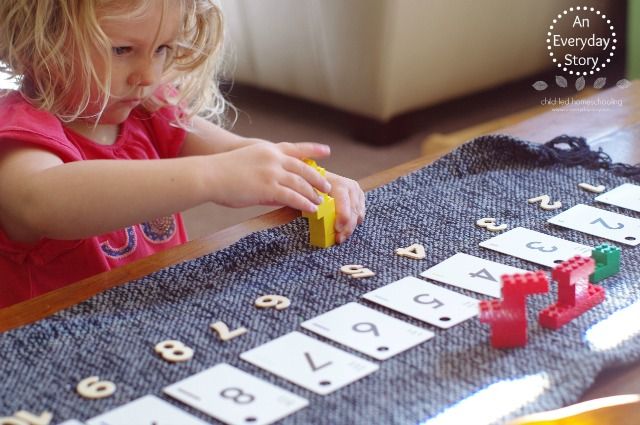
No training
How to open the water? You need to turn the faucet handle to the right. How to tighten a nut? You need to turn the key clockwise. For these actions, instructions are not needed - we already understand their principle on an intuitive level. More precisely, we receive this knowledge at an early age and consolidate it throughout our lives.
In games, everything is exactly the same. Experienced gamers subconsciously understand that they need to collect coins and earn points. But for beginners, it's not so obvious, so it's important for us to bring them up to date (although, even if you've never played platform games, you'll understand that jumping into fire is not the best idea).
The difference between "good" and "bad" should be clear from the first minutes, so that players do not have to learn from their mistakes, losing lives in the process. Shigeru Miyamoto once explained why coins are used in Mario:
“We thought for a long time about what any person would like to own, and could not come up with anything better than money.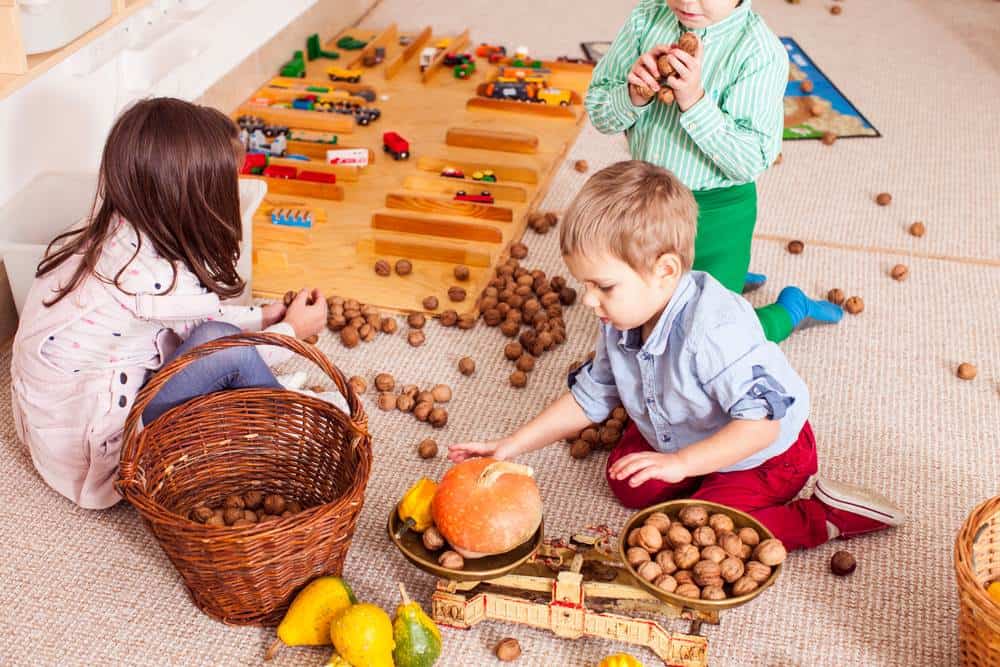 ”
”
Plants and zombies in Plants vs. Zombies require no explanation. And it's so clear that the zombies move slowly and the plants don't move at all. Instead of the hackneyed concept of "towers against soldiers", the game offers an original idea, seasoned with intuitive gameplay.
Agree, at first glance it is clear what is happening on the screen.
Many players understand the general principles, so they don't have to explain everything. Let them figure it out on their own. If the player does not move, give them a hint (“Move with the joystick”), but note that in most cases the players themselves will try to follow the basic commands. Core mechanics tend to be universal, so it can be assumed that they are already familiar to players, but at the same time, changing them can be very dangerous.
Some new game designers feel that the rules are for wimps and often disregard them. RTS games have been hit hard by this misconception in the past. Modern strategies use a fairly standardized control system (left mouse button to select and right mouse button to move or attack), but in older games the control varied greatly - the left and right buttons performed different actions, and several commands could be tied to one button.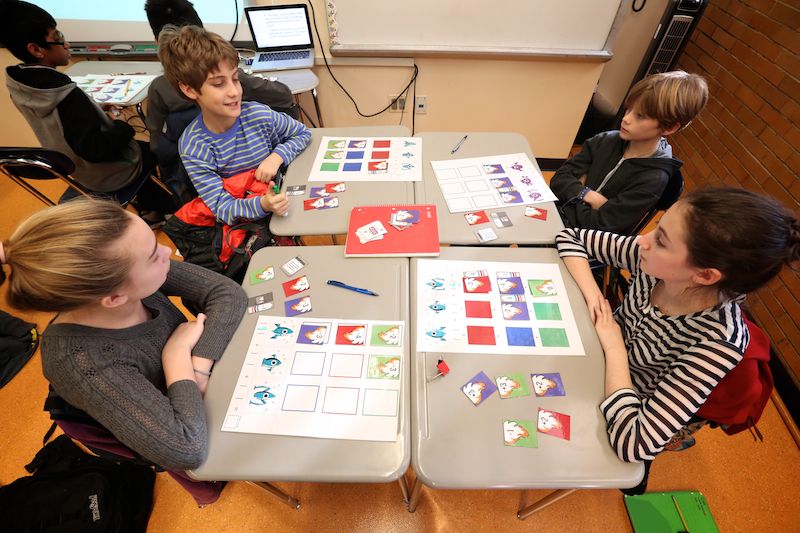 Playing old strategies today can be very problematic, because we are already used to a different control system.
Playing old strategies today can be very problematic, because we are already used to a different control system.
We can say that it was the intuitive controls that saved Infected. Even if the player skips the tutorial, when an element is selected, cells that can be resembled are immediately highlighted. This visual highlighting hints that the player is doing everything right and encourages independent exploration of game mechanics. In the initial versions, there was no backlighting, but later we became convinced that this small graphical addition makes the gameplay much more accessible.
When an element is selected in Infected, the cells where you can walk are immediately highlighted.
There must be a good reason for changing established gameplay elements. For example, in the game Katamari Damacy, both joysticks are used for movement, and not as is customary - one for movement, and the second for camera control. It might be a bit strange at first, but the overall ease of the game means this system works great. Similarly, in order to win in Karoshi Suicide Salaryman, one must die by jumping onto the spikes. And even despite such an atypical goal, the player immediately understands what is required of him.
Similarly, in order to win in Karoshi Suicide Salaryman, one must die by jumping onto the spikes. And even despite such an atypical goal, the player immediately understands what is required of him.
Games continue to evolve, but it's important to understand that when any gameplay element changes, players don't have to re-learn familiar things.
Continuous learning and experimentation
Please note that if detailed instructions are not provided, players will be forced to experiment. For example, every time you find a new item or piece of equipment in a Zelda game, you have to figure out how it works on your own. Instead of reading a long instruction manual for a new weapon, you find yourself in a closed room and must figure out how it works for yourself. Such tasks are not particularly difficult and are solved very quickly.
In fact, closed rooms are the same “beginner's caves”. Even in the middle of the game, they allow you to calmly figure out how a new item works. After learning all the features of your new toy, you can solve puzzles and fight monsters again. This way, you get so used to all kinds of weapons that at the end of the game you change them like gloves.
After learning all the features of your new toy, you can solve puzzles and fight monsters again. This way, you get so used to all kinds of weapons that at the end of the game you change them like gloves.
Learning in Zelda deserves a special mention - it continues throughout the game. With the possible exception of the last dungeon, the player is constantly learning something new, and this is one of the greatest strengths of the Zelda series. The game is not in a hurry to reveal all the cards and does not overload the player with tons of information at the very beginning.
Gradual learning is also used effectively in Plants vs Zombies. Each level unlocks a new plant and the player learns how to use it against the zombie army. The game is not overloaded and at the same time there is always something new and unknown in it. The ability to learn the characteristics of each new plant allows the player to select the most effective fighters depending on the situation rather than using the same plants throughout the game.
Don't scare the players
So your game doesn't have to be boring or intimidating. It would seem obvious, but you'd be surprised how many games (including AAA projects) ignore these common truths.
A good example of this is the mandatory registration in online games. If you want to attract a new player, don't force them to fill in their date of birth, email address, and a bunch of other information - just give them a guest account. If he likes the game, most likely he will create a full account himself and provide all the data. In this sense, you can focus on the online multiplayer game Tagpro. To start playing, you just need to select a server and click the "Play as Guest" button.
There is nothing wrong with complex games, but it is important to remember that players cannot concentrate for a long time and are not ready to absorb large amounts of information. Try playing games like Crusader Kings, Europa Universalis, Dwarf Fortress or Civilization.



